In the latest episode of Chase Classic Motors (Season 3, Episode 3), Ross Urtel and Eric Laesch take us back to one of Mopar’s most important milestones—the debut of the very first Dodge R/T model, the 1967 Dodge Coronet R/T. This wasn’t just another muscle car—it was Dodge’s bold move into the heart of Detroit’s horsepower wars, going toe-to-toe with rivals from Ford, Chevrolet, and Pontiac.
Dodge’s First R/T Performance Car –
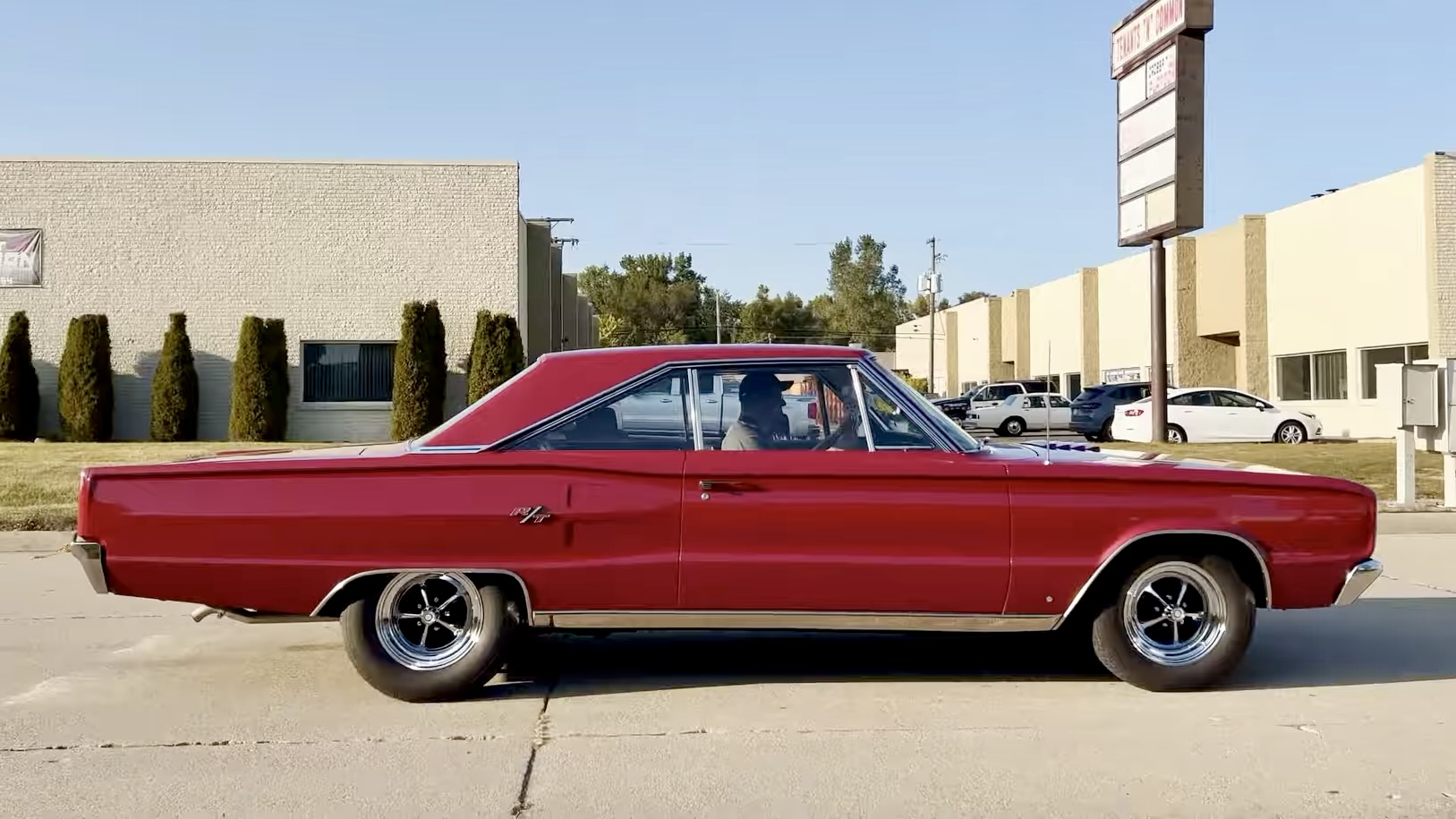
The R/T badge, standing for Road/Track, first appeared on the Coronet in 1967. Dodge wanted to prove that its cars weren’t just grocery-getters anymore. They needed something to show muscle car fans that Dodge could compete head-to-head in the growing street and strip scene.
To do that, Dodge dropped in the massive 7.2-liter (440 cubic-inch) MAGNUM V8 as standard equipment, rated at 375 horsepower. For buyers wanting even more power, the legendary 7.0-liter (426 cubic-inch) HEMI® V8 was available as a $908 option, producing 425 horsepower. Backing up those engines were either the rock-solid TorqueFlite automatic or a four-speed manual transmission, both designed to handle serious abuse at the drag strip.
A Muscle Car With Style –
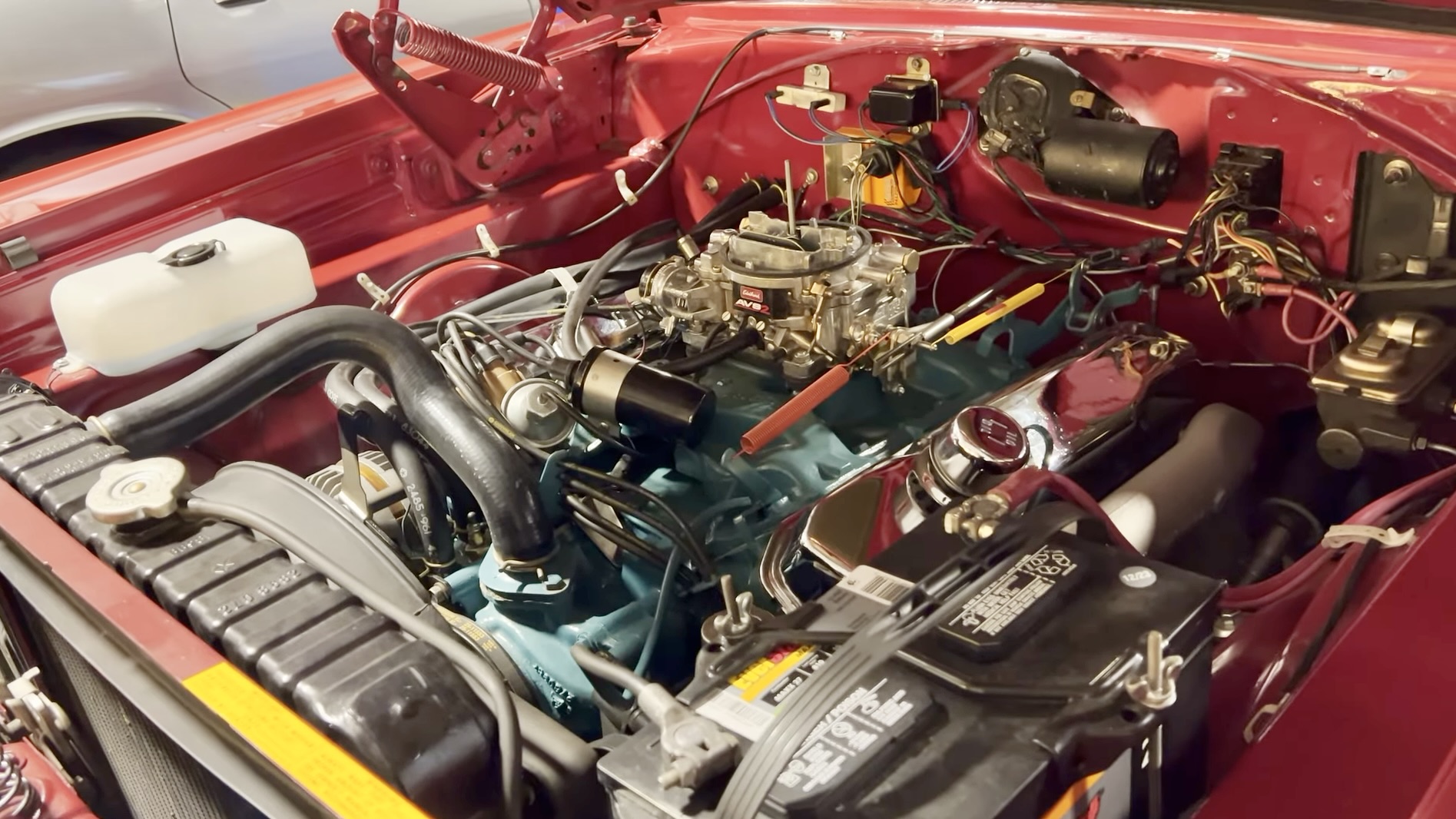
The Coronet R/T came as a two-door hardtop or convertible, giving buyers a mix of style and muscle. With upgraded suspension, performance gearing, and a more aggressive look, it was far more than a dressed-up family sedan. This was Mopar’s way of telling the world: we mean business.
Marketing The “Dodge Rebellion” –
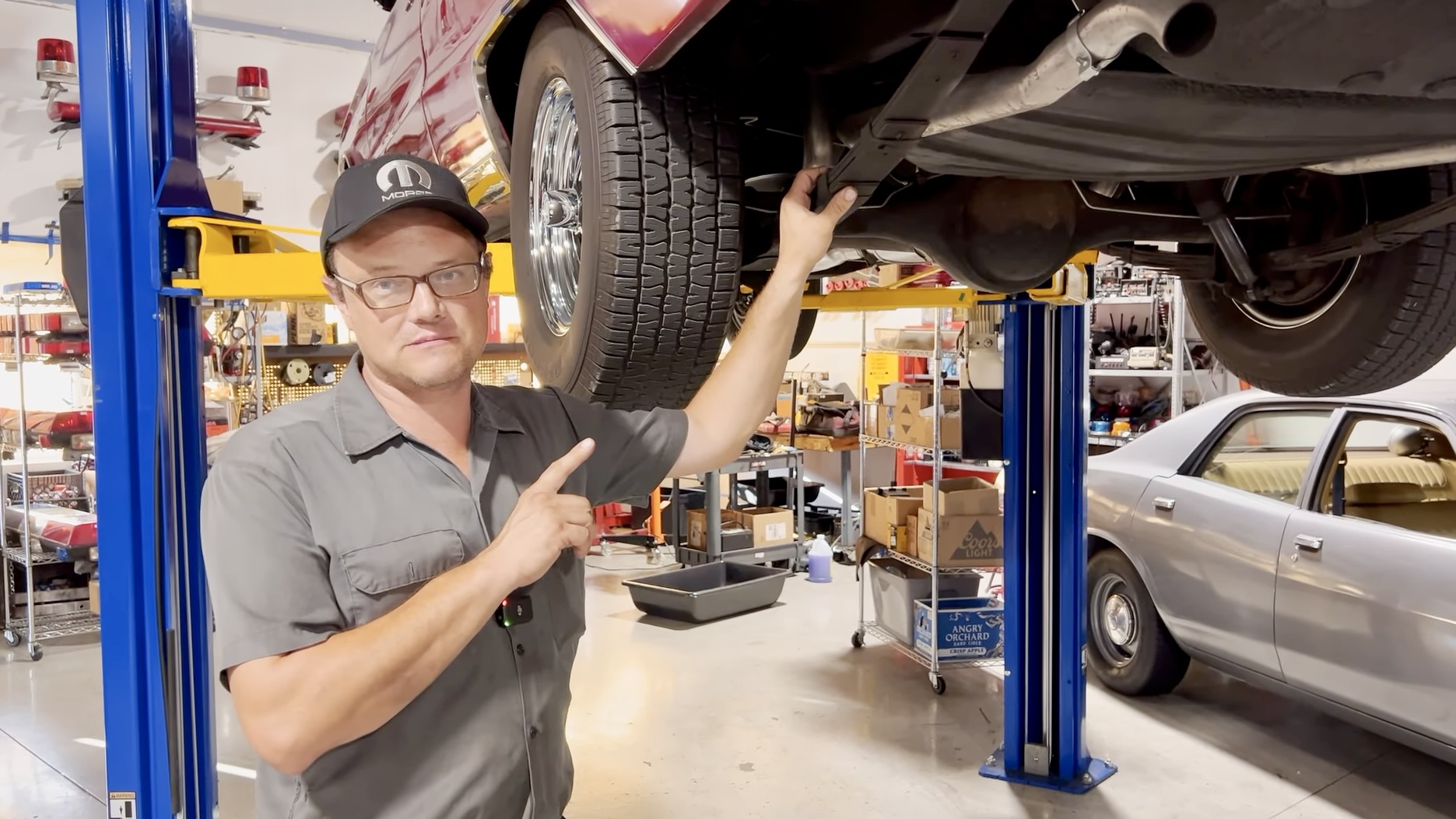
Ross and Eric also dive into Dodge’s memorable “Dodge Rebellion” marketing campaign, which featured actress Pamela Austin, the ‘Dodge Girl’, in humorous ads that played up the brand’s bold new performance image. From cowboy cartoons riding to the rescue of car buyers to Austin’s comedic mishaps, Dodge created an identity that made muscle cars fun and exciting.
Why It Matters –
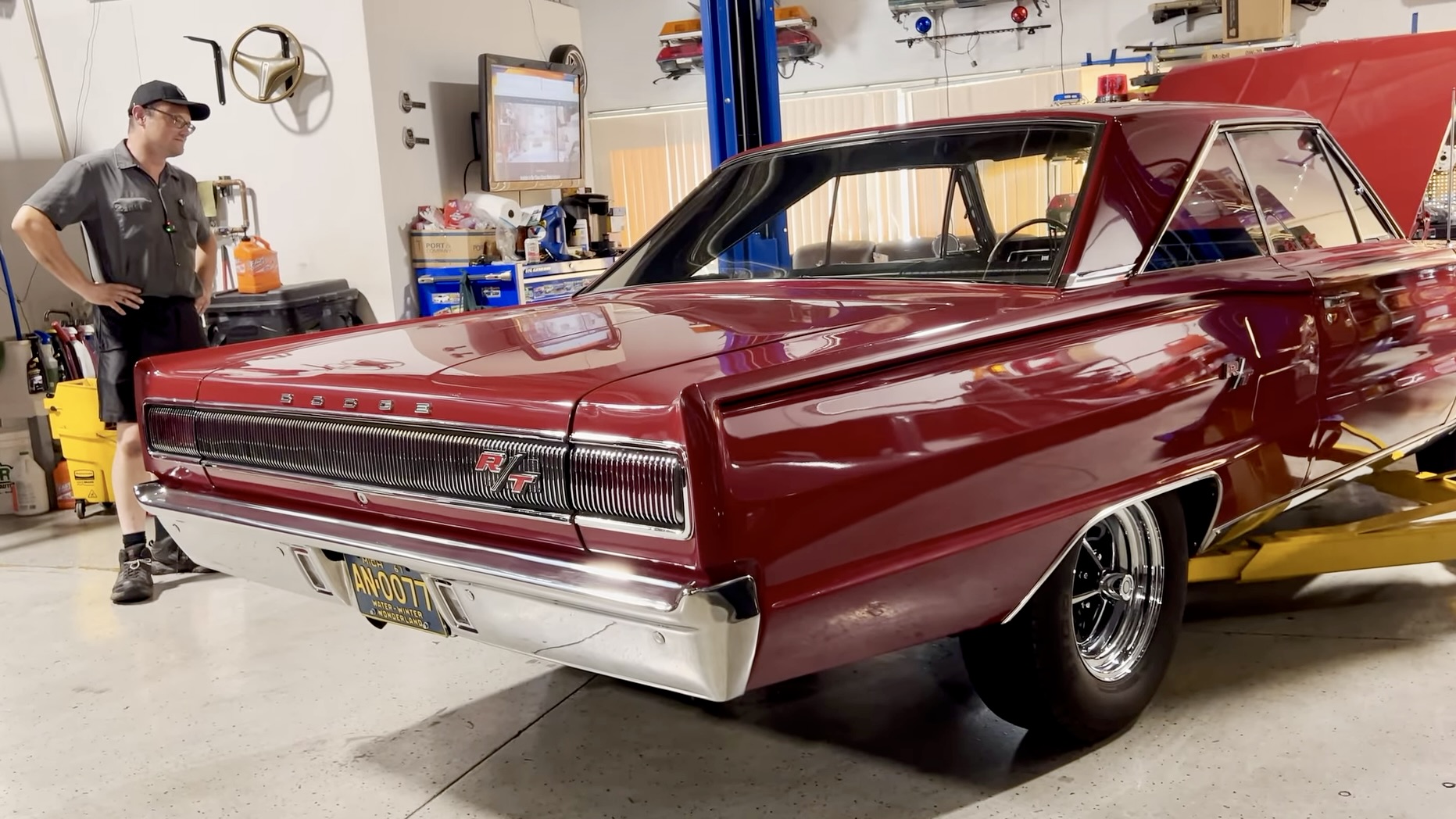
The 1967 Coronet R/T set the stage for future legends like the Charger R/T, Challenger R/T, and Super Bee. It proved Dodge could combine performance, attitude, and clever marketing to win over car enthusiasts. More importantly, it marked the beginning of the R/T performance heritage—a badge that still resonates with Mopar fans nearly 60 years later.
Ross and Eric capture that legacy perfectly, showing how Dodge transformed a mild-mannered family car into a machine built for the streets of Detroit and the quarter-mile track.

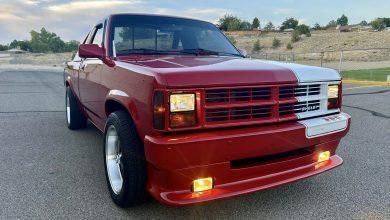
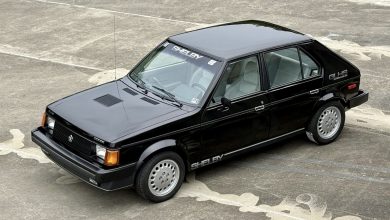
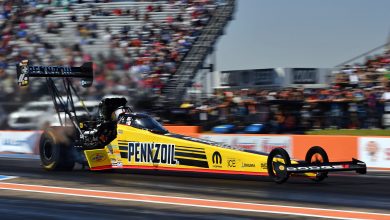
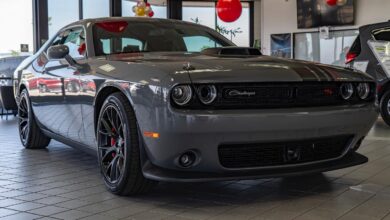
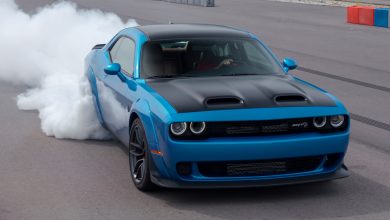
No replies yet
Loading new replies...
Join the full discussion at the Mopar Insiders Forum →